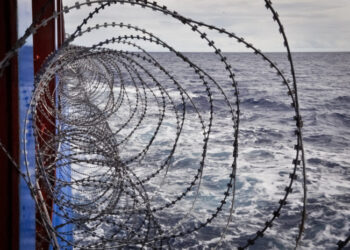With the temporary blockage of the Suez Canal and the build-up of congestion, there is assessed to be a heightened risk to vessels within the lower Red Sea and Gulf of Aden.
As Dryad Global said:
Within all areas of risk, static vessels significantly increase the opportunity for would be threat actors
The primary risk within the area remains specific to those vessels connected to Saudi Arabia, the US, Israel, Indonesia, and Iran. However, all vessels should consider adopting a heightened posture of alertness if forced to remain static within the Red Sea, or Gulf of Aden.
Currently, the wider Red Sea and Bab-El-Mandeb Strait is an area of geopolitical tension within the region. Moreover, broader regional themes within the last 24 months, have increased the potential threat within the area, as well as ongoing conflict between Yemeni and Houthi rebel forces.
Houthi rebels are known to use several methods within the strait, including the deployment of remote-controlled waterborne improvised explosive devices (RC-WBIEDs) and anti-ship cruise missiles (ASCMs). Additionally, Dryad Global reports that several groups are known to have deployed sea mines throughout the coastal area.
Water-Borne Improvised Explosive Devices (WBIED) have also played a role in previous attack patterns of Houthi units within the strait, with particular focus on the Saudi ports Jizan and Shuquaiq, because of their proximity to Saudi Yemen border as well as the Yemeni Port of Salif.
The risk to vessels within the Bab-El-Mandeb from acts of maritime crime and piracy remains low. However there is a notable absence of any incidents with definitive piratical intentm and Dryas assesses that there is a very high false alarm rate in this region due to the concentration of commercial traffic and local fishing.




























































